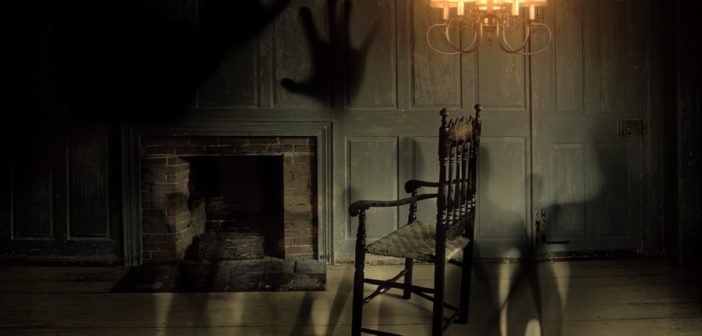On the heels of a year that has been praised cinematically for its cross-cultural, ethnic and gendered diversity, “Get Out” was a film that, for many, set the stage for 2017 thematically, letting audiences know that going to the movies wasn’t all about escaping from reality.
While the film seemed all fun and games at the onset, in the sense of it appeasing the transient desire for discontent, fear and even pursuit that we all flock to the horror/thriller genre for fulfillment, it nonetheless proved disquieting and memorable even after viewers left the theater; the reasons for which, however, were far from comforting.
What Jordan Peele has revealed to us through the intriguing and oftentimes jarring juxtaposition of horror, comedy and suspense spliced throughout his film, is the terrifying emulation of what Chris, the protagonist, experiences within the confines of the screen in our own, present-day America.
A major plot element of “Get Out” centers around ‘the sunken place’, an area that the psyche of black victims are banished to while their bodies act as hosts to the unnaturally implanted consciousness of white hijackers. A seemingly creative plot construction for a horror film reveals itself to be the paralyzing reality that many black Americans continue to face on an everyday basis.
‘The sunken place’ is today’s America, a place in which black individuals are continually held back — nay, dragged bac k— by the continued elitist efforts of those who still believe this country is one that belongs to whites. African-American social critic and writer W.E.B. DuBois described the problem of the 20th century as that of “the color line,” the socially constructed division between blacks and whites that was made impregnable and unalterable by the continued efforts to resist, restrict and beat down (literally or otherwise) the social mobility of blacks in America.
If DuBois were alive today, he would recognize the impossible-to-ignore persistence of such a social construct — as physicalized and epitomized in Peele’s cinematic ‘sunken place.’ It is a very real place in which black Americans continue to feel limited, paralyzed even, in their own efforts to be recognized as a duality of identities.
DuBois also put forth the idea of ‘double-consciousness’, a theory that described the African-American experience of being viewed singularly through the eyes of another. Black victims in Peele’s “Get Out” are seen as hosts, stripped down to bodies revered for their physical prowess and stability, and nothing more.
In this way they are objectified and pigeon-holed into an identity that strips them of duality, complexity and autonomy. It is not a far cry from the ways in which many blacks in America continue to be defined by the expectations of those of differing races, existing not as they truly are but as a projection of those who view them.
If “Get Out” revealed the sobering reality of the existence of both the color line and double-consciousness in 2017 America, “Moonlight” made the valiant effort to further reach past social hindrances to reveal the multi-faceted, incredibly complex nature of the black individual and the black experience as a whole.
While “Get Out” displayed an overt effort to strip black individuals of any sense of autonomy or identity, “Moonlight” struggled with similar reconciliations of multiple identities.
The protagonist of “Moonlight” grapples with his own blackness in the midst of restructuring a positive sense of masculinity, vulnerability and even non-binary sexuality. There exists for the young-boy-turned-man an awful lot of gray area, wherein multiple identifications exist and wait to come to fruition.
The boy’s inability to resolve such complexities, however, stem from the social prohibition of the so-dubbed ‘gray area’ involving one’s identities.
It is an interesting and saddening truth that many today still struggle with — the inability to exist as both black and a woman, as both black and gay, as both a feminist and a heterosexual black man, etc. The alignments can go on.
“Moonlight” expresses the poignant reality that we as a society continue to try to pigeon-hole black youth and individuals into a constructed, binary sense of identity — an identity often not chosen by the individual itself, but revealed to them through the ever existent ‘second sight’ that is double-consciousness.
“Get Out” took this stripping of autonomy even further, proving to audiences and Americans as a whole that, were DuBois to rise from the grave today, he would assert that the problem of the 21st century is indeed still the color line.

